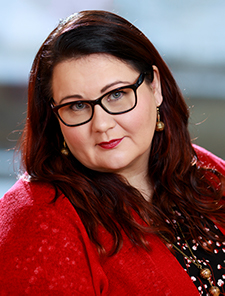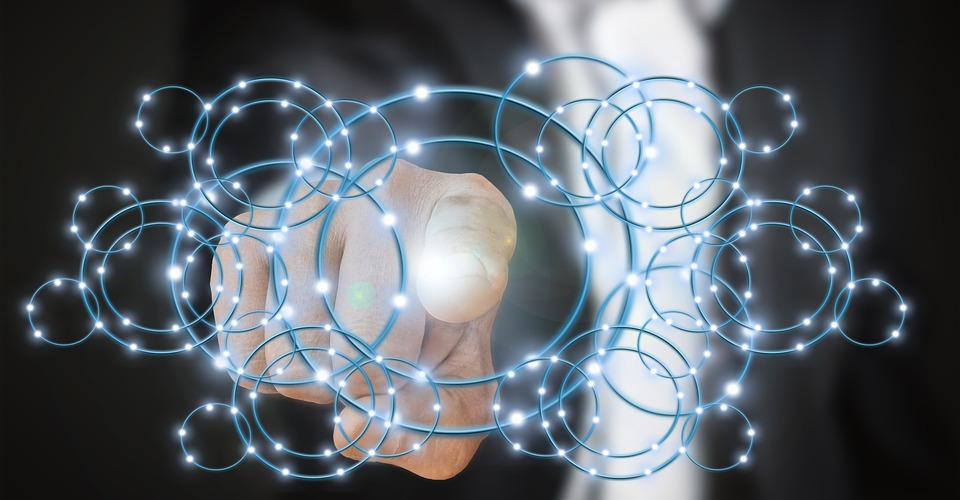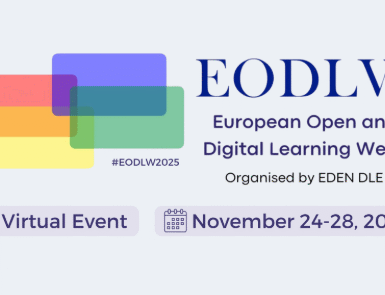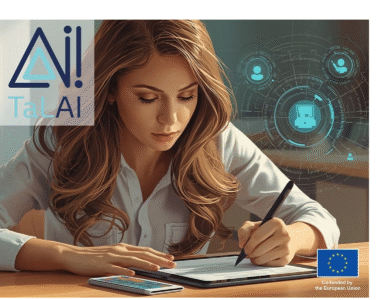The Smart Campus program serves as a new kind of platform and partnership model for innovation collaboration with SMEs, accelerating the digitalisation of society. The program is built on principles of open-mindedness and multidisciplinarity, combining visions of future technologies and the educational offer of higher education (HE). Universities in Finland adopted completely online classes at the beginning of the COVID-19 pandemic. HE made a major leap towards eLearning, but not everything was easily transferred to online environments. For instance, the laboratories needed for some classes require large machines and equipment that cannot exist in virtual spaces. COVID-19 has shown us that it is not enough to be pedagogically effective while providing meaningful digital learning; we also need to promote digital competences to remotely access and operate the machines and equipment needed in different disciplines. Moreover, virtual visits can be more than watching recordings. Given the current technologies (i.e. 3D, virtual reality or digital twins) available, eLearning experiences could be improved significantly.
Hybrid Learning Environments
Oulu University of Applied Sciences (Oamk) has already developed some key digital infrastructures for different disciplines and gathered experience, knowledge and technological competence that allows us to enable flexible studies for students regardless of time and place. Our smart digital infrastructures include i.e. simulation studios, digital twins and unmanned aerial vehicles, drones. Hybrid classes in these settings combine both on-site activities and synchronous online learning opportunities.
One example of our smart environments is LoLa, a low latency, high quality audio/video transmission system for network musical performances and interaction. With LoLa, national and international joint master classes, group lessons, seminars and even teacher exchange are distributed without travelling physically. LoLa enables singing and playing instrument(s) simultaneously in different locations. The use of video and distance learning of dance is now somewhat commonplace in the dance teacher’s education program. Currently we use a Xsens motion capture system to analyze motion. We’ve collected a motion data library that allows us to create educational videos with 3D animation programs and analyse movement data using systems that simulate human biomechanics (BoB).
Another example of our most current solutions is Hybrid laboratory with EaaSLab (Energy as a Service) which is a learning and research environment for automation, energy, HVAC (heating, ventilation, and air conditioning) and electrical engineering. Laboratory provides a versatile environment for joint projects between the university and companies. Laboratory includes facilities for energy engineering research with an internal heating network implemented with hybrid technology. System will provide digital twins for simulating and testing of heating and electrical networks. The combined production is optimized using electricity market prices and weather forecasts. Data collected in the longer term can be utilised in the development of electricity consumption flexibility, intelligent maintenance, big data applications, energy forecasting, and virtual reality. The EaasLab infrastructure includes intelligent electrical networks, solar panels, collectors, energy storage and real loads for both thermal and electrical energy networks.
Smart Campus Experience
The definition of the Smart Campus experience requires a thorough exploration of the multifaceted process models of collaboration, co-learning and co-creation. Our aim is to explore the essential aspects of the Smart Campus concept, studying interdependencies with a competence-based approach, work-integrated pedagogy and digital twins in a complex system of physical, virtual and hybrid learning environments. HE needs better capabilities for hybrid classes to ensure excellent learning experiences also when students are at home or at work. With a multidisciplinary approach focusing on selected top-notch environments, our Smart Campus team aims to engage the full power of this digital transformation to enhance students’ agency, expertise and working life skills for ongoing learning and professional development – all while accelerating their employment in the new future growth industries. In order to achieve this common goal, Oamk has planned a vision and working plan aiming to make nearly 100% physical learning environments (including laboratories) remote-operated and controlled before the end of this decade. This hybrid model for teaching and learning allows higher education to become future-ready, and adaptive to a rapidly-changing labour market. We welcome you to accompany our efforts to study, enhance and promote digital pedagogy and the competence-based approach in higher education in order to meet the needs of a changing world of work.
Editor’s note: Sanne will be presenting Smart Campus and talking about what it offers during the next Media & Learning Online conference on 6 May at 16:30 CEST.

Author
Dr Sanna Brauer
Dr Sanna Brauer (PhD in Educational Sciences) is the principal investigator of Oamk’s multidisciplinary Smart Campus team.













